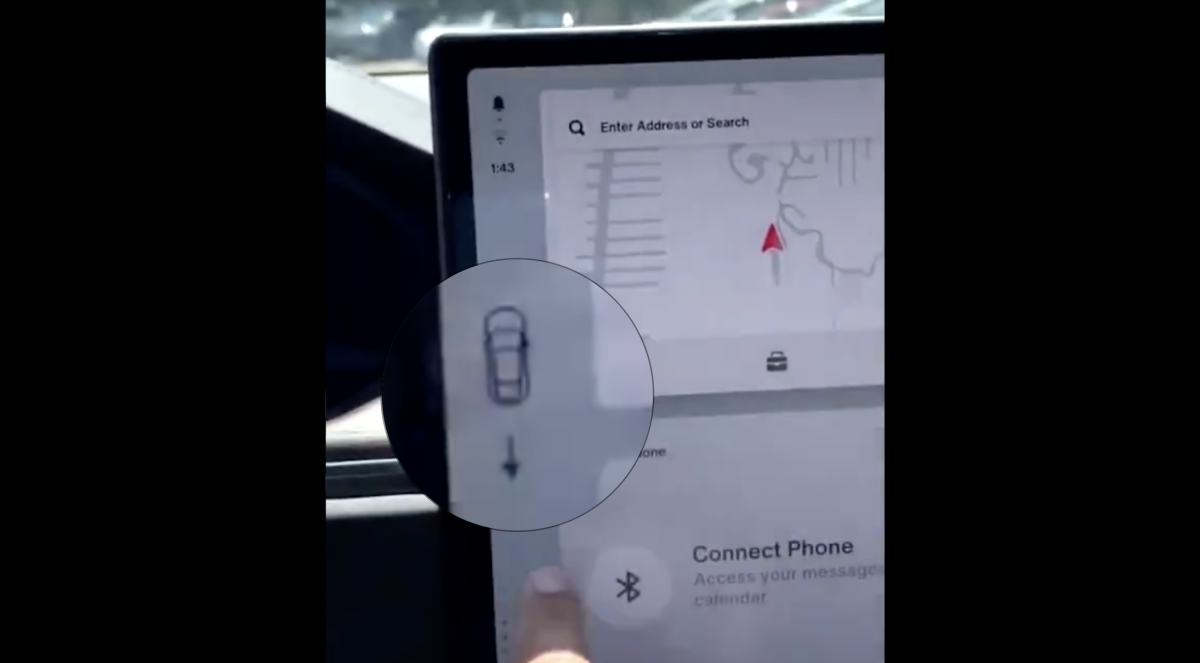

Known for pushing the boundaries of innovations, Tesla Inc now plans to remove the control stalks and gear shifters on their new Model S and Model X. The cars have gone through an upgrade and aficionados were hoping to see changes on the exteriors but the brand has removed the gear selector stalks stupefying everyone with autonomous gear controls.
The ‘P’, ‘R’, ‘N’, ‘D’ gear selector system is set to become obsolete, at least in the world of Tesla. The vehicle’s onboard computer is able to detect the correct gear depending on the surroundings, the obstacles it sees and the drive directions and context & navigation maps. But the brand will give the driver the ability to override and select the Drive. The new horizontal touchscreen can be used to either select drive or reverse by swiping a finger (upwards for forwards and downwards for reverse), but sources report that the Neutral is hidden quite deep into the menu. Well, don’t need that often on an electric car. The Park is also automated, so the car knows to select park if the driver stops and pulls on the door lever to open the door.
As soon as the driver depresses the brake lever and then accelerates, the car is automatically able to select Reverse. The car will automatically detect the obstacles in the front and will know when the driver needs to reverse. But when there is no obstacle in front and you still need to go into reverse, this is when the manual override from the touchscreen comes in handy. For example, if the car is inside a garage and it detects a wall in front of it, the reverse gear will automatically be selected, if the car is facing the front the car will select forward drive. The system is intuitive says the head honcho, explaining how once you use the system you cannot go back to the PRND gearshift.
The Federal Motor Vehicle Safety Standards are more specific about the order in which ‘PRND’ is displayed rather than in what order the driver selects them and hence car manufacturers are able to use innovative configurations such as drive-by-wire buttons, rotary knobs, levers, etc.

